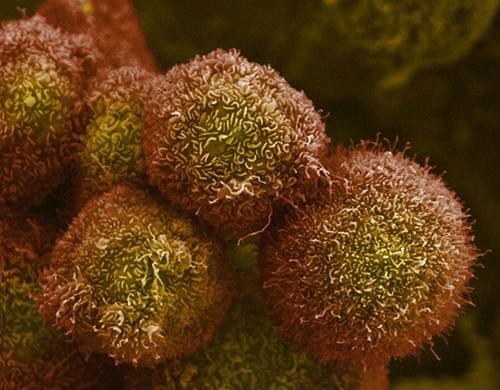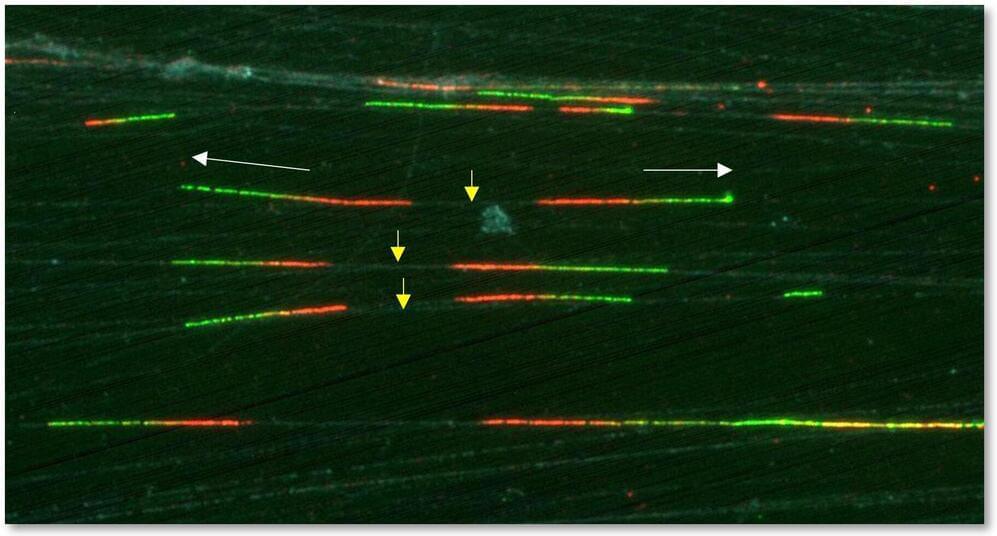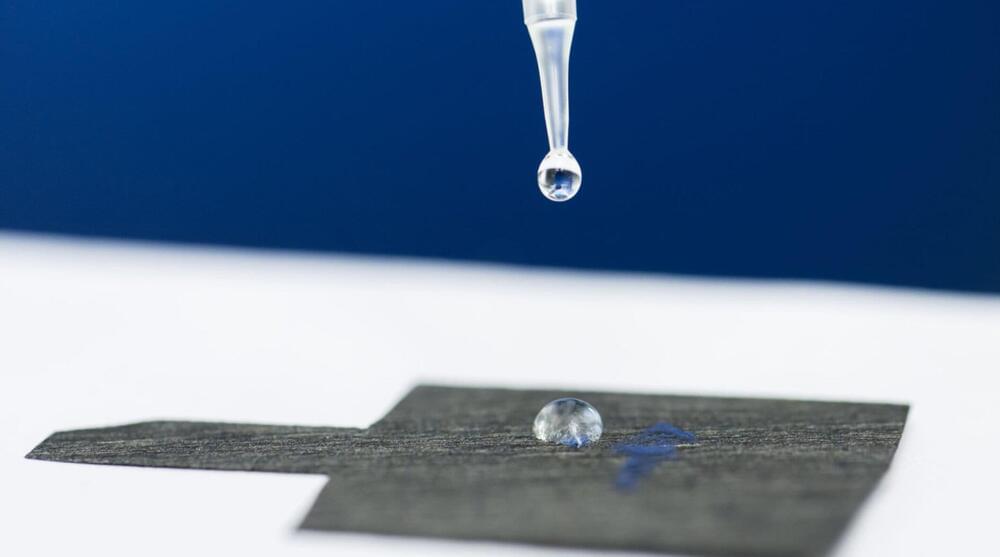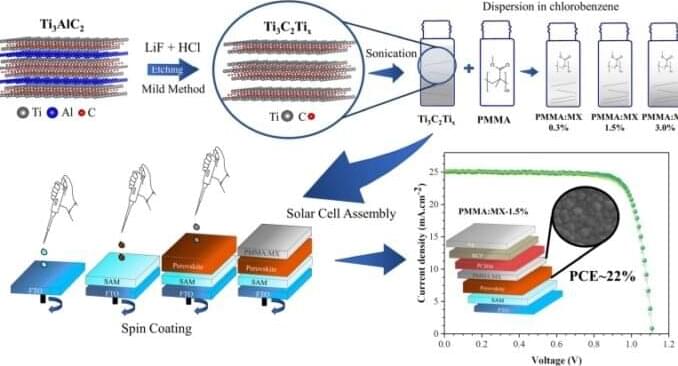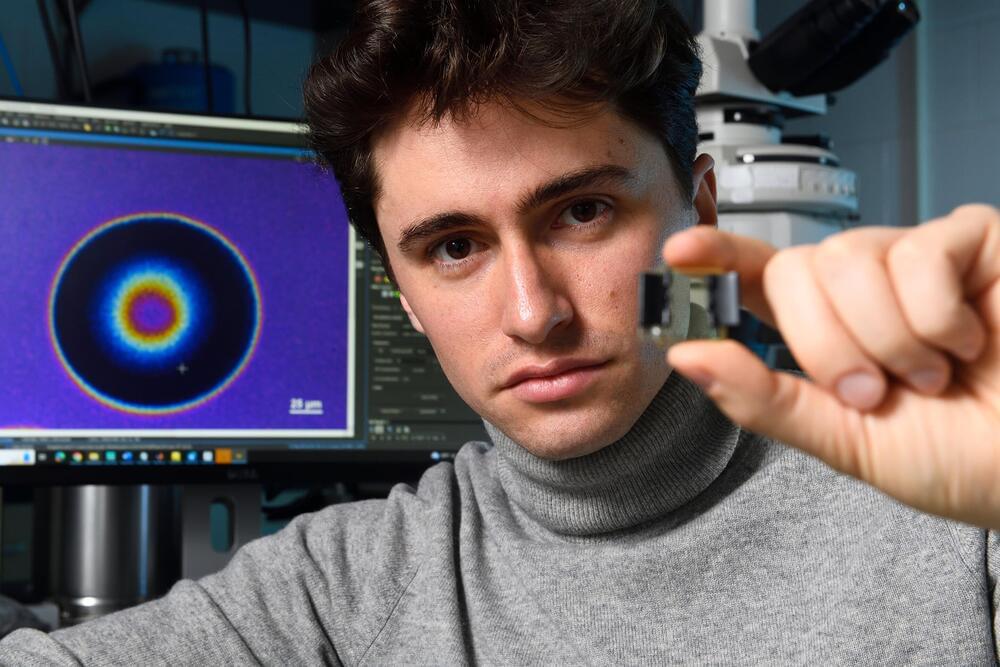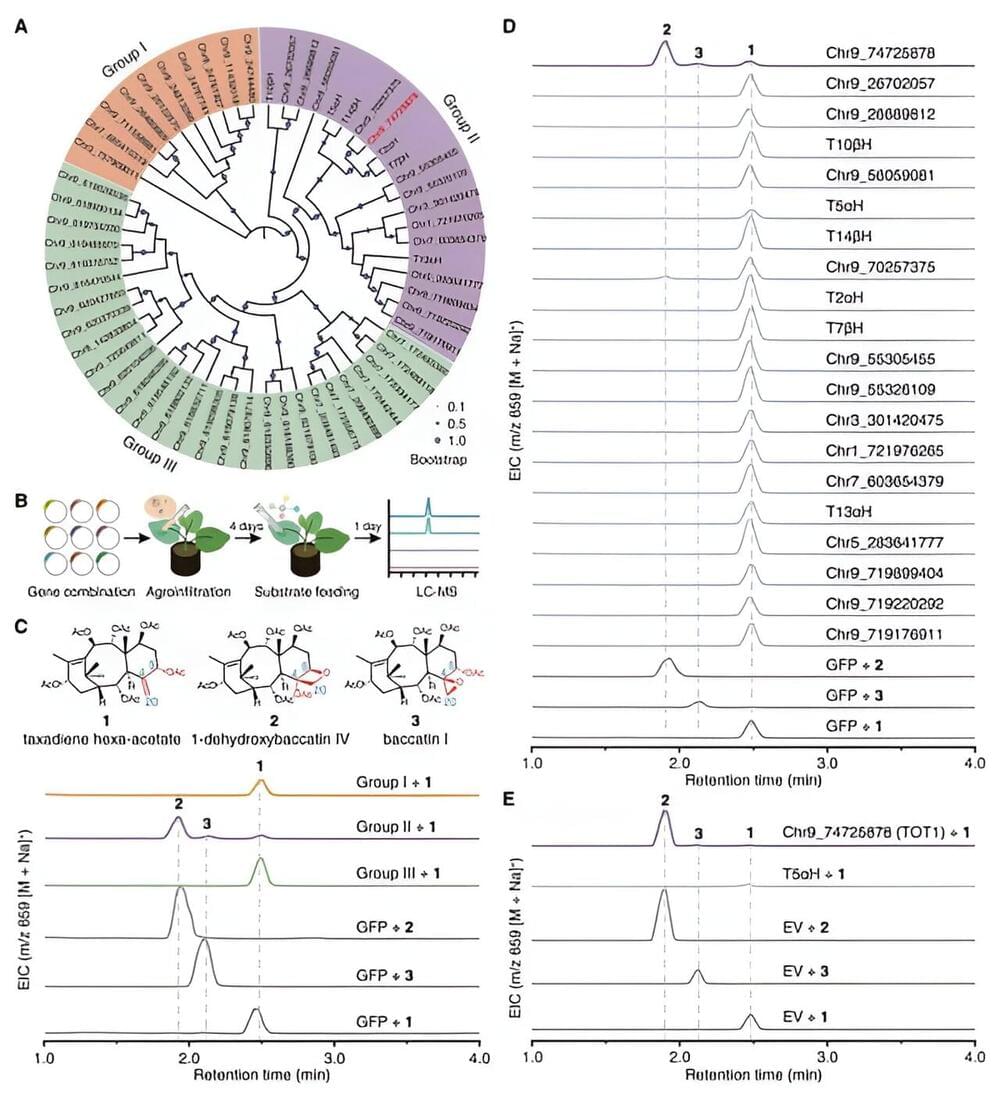Here Dr Tan introduces geranylgeraniol (GG), talks about its discovery and its importance in human metabolism.
Wellness Extract 5% discount Code MODERN10
GG Essential https://collabs.shop/ivoshz.
Vitamin E, Delta Gold https://collabs.shop/gfjyof.
Bio Quinol with GG https://collabs.shop/wm9cce.
Renue By Science 10% : Code MHS https://tinyurl.com/35jyuk33
CoQ10 https://bit.ly/4bX3I6P\r.
ProHealth 15% discount Code MODERN: https://prohealth.pxf.io/Vm9BoA
CoQ10 https://prohealth.pxf.io/LX12N0
DoNotAge 10% discount code MHS https://tinyurl.com/6dbvhv87
Pure NMN https://tinyurl.com/wyzj2f3d.
Nuchido Time+ 20% discount of first purchase with code MODERN20 https://nuchido.com/MODERN
NOVOS https://novos.sjv.io/QyWP7o code 5OFFMHS
NMN Bio 10% off all products https://tinyurl.com/2af2v2fw Code ModernHealthSpan10 in link.
☕If you would like to support our channel, we’d love a coffee…thank you! https://www.buymeacoffee.com/mhealthspan.
Momentous Supplements 15% discount Code MHS https://momentous.go2cloud.org/SH2s.
Creatine Monohydrate https://momentous.go2cloud.org/SH3E
Oxford Healthspan Primeadine Spermidine supplements: 15% discount Code MHS https://tinyurl.com/28admfxr.
Insidetracker 20% discount Code MODERN20 https://insidetracker.sjv.io/NkbP7V
Bulletproof 15% off with coupon code: HEALTHSPAN15: https://tinyurl.com/4npjk5vp.
SiPhox Health 20% Code MODERN blood test (only in US \& Canada) https://siphoxhealth.com/discount/modern.
OmegaQuant 5% discount Code MODERN https://omegaquant.com/shop/
⏲️Chapters.
00:00 Discovering GG
02:50 GG and Vit E, CoQ10
08:10 GG in metabolism — in plants.
10:05 In humans.
18:20 GG \& statins.
20:30 Sarcopenia.
🌐Links in this video.
American River Nutrition https://americanrivernutrition.com/
Dr Tan’s book, The Truth About Vitamin E, is available from https://barrietan.com/book/
You can download with the code Modern Healthspan.
GG Article.
https://www.wholefoodsmagazine.com/ar…
Potential role of geranylgeraniol in managing statin-associated muscle symptoms: a COVID-19 related perspective.
https://pubmed.ncbi.nlm.nih.gov/38046…
Dr. Barrie Tan was formerly an assistant professor at the University of Massachusetts in Amherst (Chemistry, Food Science \& Nutrition). His mission at American River Nutrition is to deliver the highest quality nutritional products based on sound scientific research. Today, his research focuses on lipid-soluble nutrients that have the potential to slow chronic conditions.

